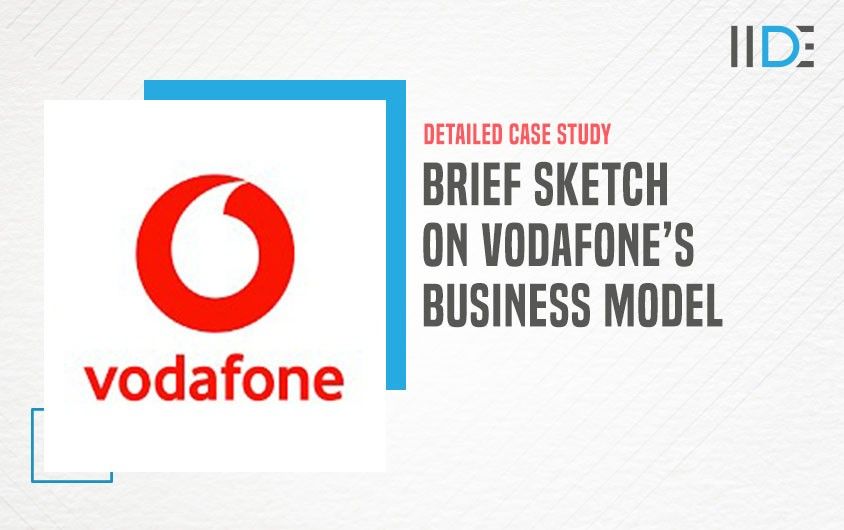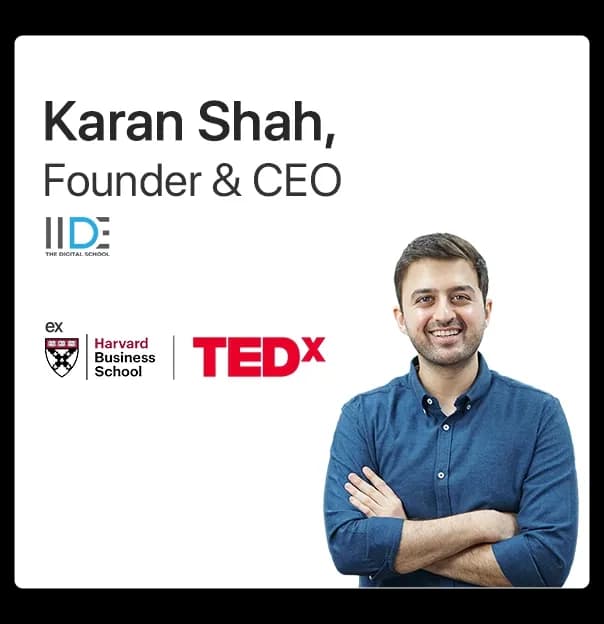About Vodafone
Vodafone is a British leading multinational company headquartered in Newbury, Berkshire. Its predominant markets are Asia, Europe, and Africa. Ernest Harrison and Gerry Whent established it in 1991. It will be present in approximately 22 countries by 2020. Vodafone derives its name from the sentence “voice data fone,” which the company chose to represent the availability of voice and data services via mobile phone.
Racal Strategic Radio Limited, a corporation of Racal Electronics, the UK’s largest manufacturer of military tech, formed a joint venture with Millicom called ‘Racal,’ which evolved into the current Vodafone, in 1981.
Forbes ranks Vodafone 395th out of the world’s 2000 top brands. It had the country’s second-largest subscriber base. It is the world’s second-largest mobile operator, trailing only China Mobile. Vodafone connects people all over the world securely and conveniently, with over 470 million customers worldwide.
Now let’s get into the main segment of the case study – the Business Model of Vodafone.
Business Model of Vodafone
A business model is an outline of how a company intends to make money in a specific market with its product and customer base. A business model, at its core, explains four things:
- What a company’s product or service will be.
- How the company intends to market the product or service.
- What kind of costs it will incur.
- How it intends to make a profit.
Let’s start exploring the business model of Vodafone in the coming section starting from its market share.
Market share of Vodafone
In 2021, Vodafone Idea’s market share will be 24.58 per cent. While Airtel’s market share increased to 29.62 per cent, Jio remains India’s largest telecom company with a 35.30 per cent market share.
Various economic forces, such as high infrastructure costs, price wars in most market forces, an immersed mobile telephony market, and government regulations, have an impact on the industry’s companies. Government regulations, such as the recent Vodafone and Hutch transaction, which was sanctioned by the Indian government for evading taxes.
Idea Vodafone merger in India
Due to the massive tariff war and reduction in margins following Jio’s entry into the Indian market, Vodafone merged with the Aditya Birla Group’s Idea in 2018 to form the joint venture – “VI”.
As of 31 June 2021 VI has a 255.4 million subscriber base making it the third-largest telecom company in India and 11 largest telecom company in the world. Vodafone holds around 45% share in this combined entity.
Let’s dig into the fundamental component of the business model of Vodafone – product portfolio.
Products Offered by Vodafone
Vodafone offers various products such as postpaid prepaid, value-added services, Vodafone branded phones, smartphones, Voice and messaging services, Handsets, Internet services.
Vodafone provides a diverse range of products, including voice, messaging, data, and fixed-line services. The goal is to help customers with their communication needs. Text messaging and voice services remain the primary uses and functions of handsets. To meet the diverse needs of its customers, the company offers a variety of tariffs tailored to different customer segments.
Customers are looking for the best product quality as data usage and the need for sophisticated handsets has become a necessity, and Vodafone continues to provide it. Today’s customers spend hours and hours on social media platforms and that is where the real business growth now lies. If you are interested in learning how to do advertising on these platforms, check IIDE’s Social Media Marketing Course to upskill.
As a result, Vodafone-branded devices and services are tailored to a diverse range of customer preferences and needs. So, now let’s find the pricing strategy of Vodafone.
Vodafone Pricing Strategy
Now we will see the pricing strategy of Vodafone. Vodafone has maintained loyalty by providing high-quality services and a range of services. Vodafone prices its products based on the services that the customers opt for. The prices of Vodafone products are targeted at various segments thereby catering to the segment depending upon the satisfaction they would receive from the service at that price.
To compete, Vodafone prices its products in line with the competition. Now we will see the target audience of Vodafone.
Target Audience Of Vodafone
Vodafone segments its offerings in mobile network services, enterprise services, and broadband services using a combination of segmentation strategies. It makes use of segmentation based on geography, demographics, and psychographics.
Vodafone’s various offerings are aimed at different segments of society. As a result, it employs a selective and differentiated targeting strategy.
This concludes the core of the business model of Vodafone. Let’s now explore the competitors of Vodafone in the upcoming section.
Competitors of Vodafone
Vodafone’s competitors in the Indian market are Bharti Airtel, Reliance Communications, Tata Communications, Tata teleservices Mahanagar Telephone Nigam Ltd. MAHATE, etc.
The telecommunications industry is competitive, with many mobile phones, TV cable, and fixed-line providers competing in the interconnected industry. Vodafone has distinguished itself from the other 12 major telecom companies by providing a diverse range of services, high-quality network infrastructure, and converged offerings (mobile telephony, fixed-line, broadband, and cable TV), which has allowed it to capture a large share of the customer’s wallet.
With this, the case study of the business model of Vodaphone comes to a conclusion. Let’s wrap it with a summary.







